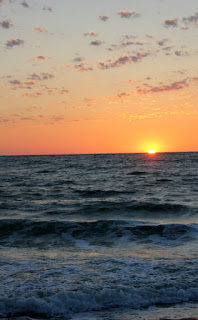I’m getting ready for an adventure! Tomorrow I take off to
New Mexico and Arizona for another road trip with my friend Kerri. (Read about
2016’s Florida road trip adventures starting here.)
Along with my clothes, books, camera, sketchbook, and
journal, I’m preparing for this adventure by “packing”:
- Anticipation—looking forward to my trip boosts my happiness starting weeks in advance.
- Openness—to new experiences, foods, etc.
- Curiosity—my chance to learn about a different area of the US.
- Patience—because you know there will be challenges.
- Sense of humor—see above!
- Communication skills—even though Kerri and I travel well together, it’s always good to remember to listen, as well as to speak up when there’s something I want to do (or not do).
It’s likely that I can buy any physical item left behind,
but if I leave behind any of these attitudes, my trip will surely be the worse
for it.
When adventure comes calling, will you be ready? How do you
prepare for adventure?




































.jpg)


